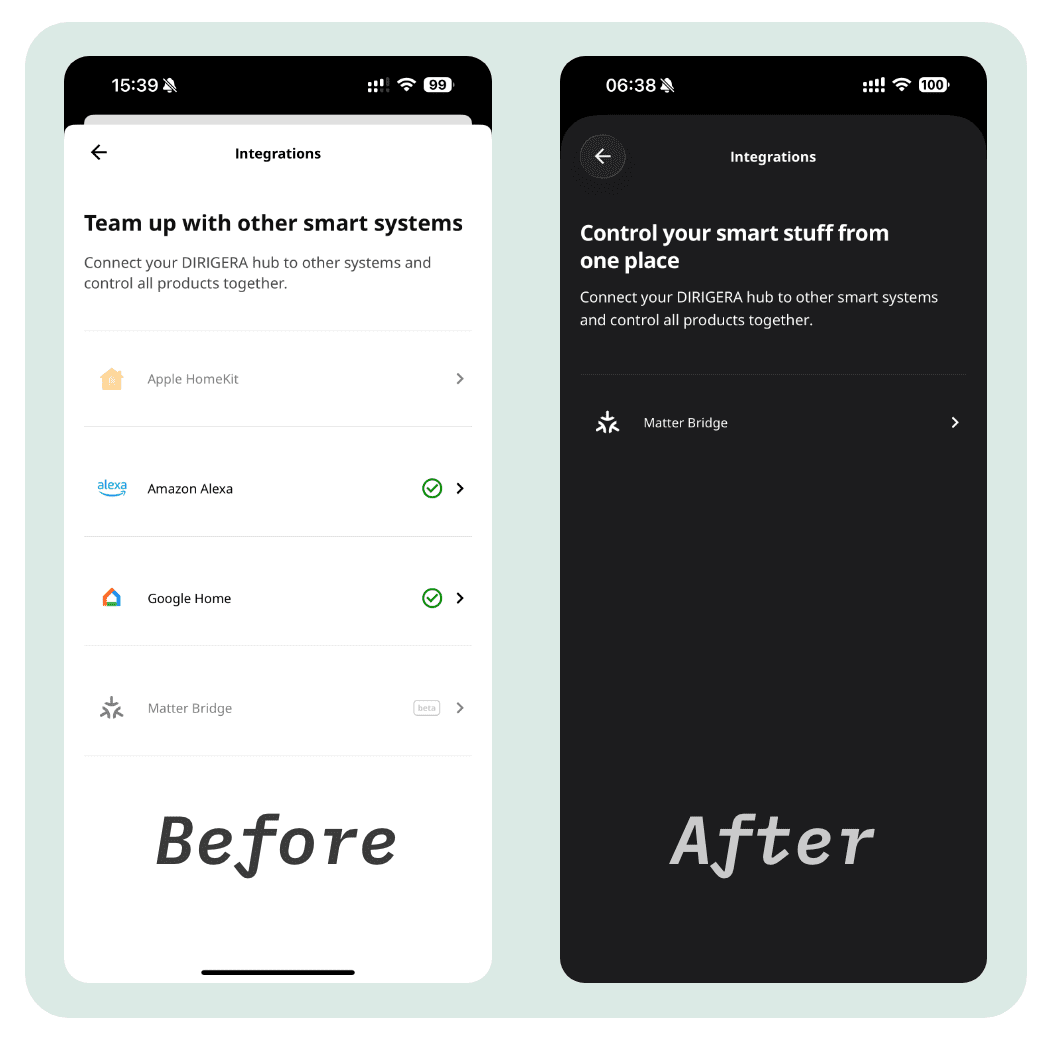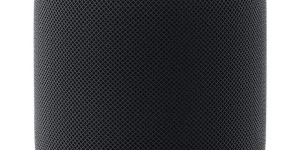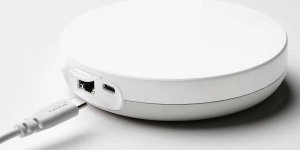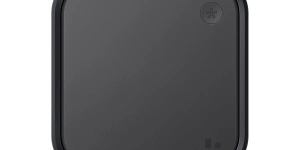Ikea announced a major policy shift for its smart home ecosystem on Monday, removing all cloud-based, private, legacy integrations for platforms like Google Home and Amazon Alexa. Going forward, Matter Bridge will be the only option for new users to connect Ikea smart products to third-party ecosystems.
This is a bold and confident move for any device maker, even Ikea. It signals a strong belief in the Matter smart home standard and a willingness to enforce its adoption – effectively educating consumers that Matter is now the single, unified path for all smart home connections.
A loud announcement
The change was not communicated in a formal press release but was instead discovered by users. As new customers began posting on social media and Reddit earlier this week, questioning why the options to link to Google Home and Alexa had disappeared from the Dirigera app, Ikea’s official support accounts chimed in to confirm the company’s new Matter-only determination.
“Communication between products will follow the Matter standard which comes with its own encryption standard for safety, [...] Matter bridge will be the single integration option available. Existing integrations will keep working as before if you don’t want to change to Matter just yet,” Ikea stated.
For users with currently connected ecosystems via the legacy private integrations, Ikea clarified that these connections will remain untouched for now. However, if a user manually disconnects them, the option to re-establish that old connection will be gone.

This does create a new hurdle for existing users. If a long-time user needs to reset their Google or Alexa home setup for any unrelated reason, their stable, legacy Ikea integration will be permanently lost. They will be forced to migrate to the Matter bridge. This move does increase the “user cost” by requiring a new setup process, though for many, the compromise in daily use may not be significant.
A strategic move, or a technical necessity?
While this decision is being framed as a pro-Matter strategy, there is likely a critical, underlying technical reason for the change. The Dirigera hub, launched in late 2022, is now several years old. Its hardware is being asked to run multiple, complex systems in parallel: the original Zigbee management, the old cloud-to-cloud integrations, and a full Matter Bridge, Matter Controller, and Thread Border Router.
This is an incredibly heavy load. As the Matter standard itself becomes more complex and demanding, this move by Ikea looks less like a simple policy choice and more like a technical necessity. By “sunsetting” the old, high-maintenance integrations, Ikea is freeing up precious CPU and RAM. This ensures the Dirigera hub can remain a stable and reliable Matter hub for a larger number of devices, rather than crashing or slowing down under the weight of multiple, redundant systems.
Should I move on?
Even though Ikea has released a clear signal for its transition, the move might not always fit you at the moment, as Matter ecosystems have different support for Matter’s capabilities. For instance, if you usually use Ikea’s scene shortcuts for automations, Google and Alexa may offer a different experience, as support for bridged remotes is not as complete. And energy management, a feature of Ikea's new plugs, is also unsupported by Apple, Google, and Alexa (well, that doesn’t change much).
I have been using the Ikea ecosystem for years, and here is my advice to better utilize the advantages of each platform.
Ikea has a strong product lineup for lights, sensors, and remotes. And it offers simplified device automations by “binding and grouping devices together.” So for basic device control like a motion-triggered light toggle and a switch-controlled plug, just use the native features of Ikea.
The big four ecosystems, however, offer powerful voice control and mobile device integrations. So from this perspective, you don’t really need to add all the Ikea devices to these platforms for automation, especially since some of them offer a poor user experience for creating routines. You can simply expose basic device features like lights, curtains, security sensors, and switches to these platforms for basic control on phones or smart displays.
As for the advanced features like energy management and complex automation flows, well, they are not intended for them anyway. You can just use Home Assistant, Node-Red, or Homey and connect via Matter.
And all three approaches for configuration can co-exist due to the power of Matter’s multi-admin features, which can cover most of the smart home needs to control, manage, and automate.
(Source: Ikea, Reddit; Image Source: Ikea, Matter Alpha/Ward Zhou)





